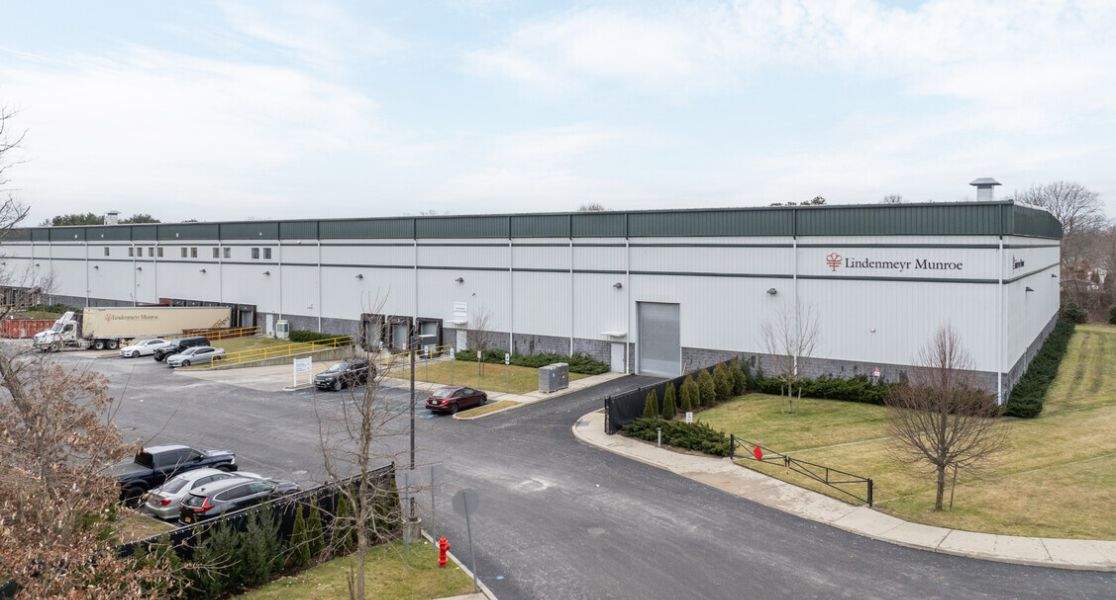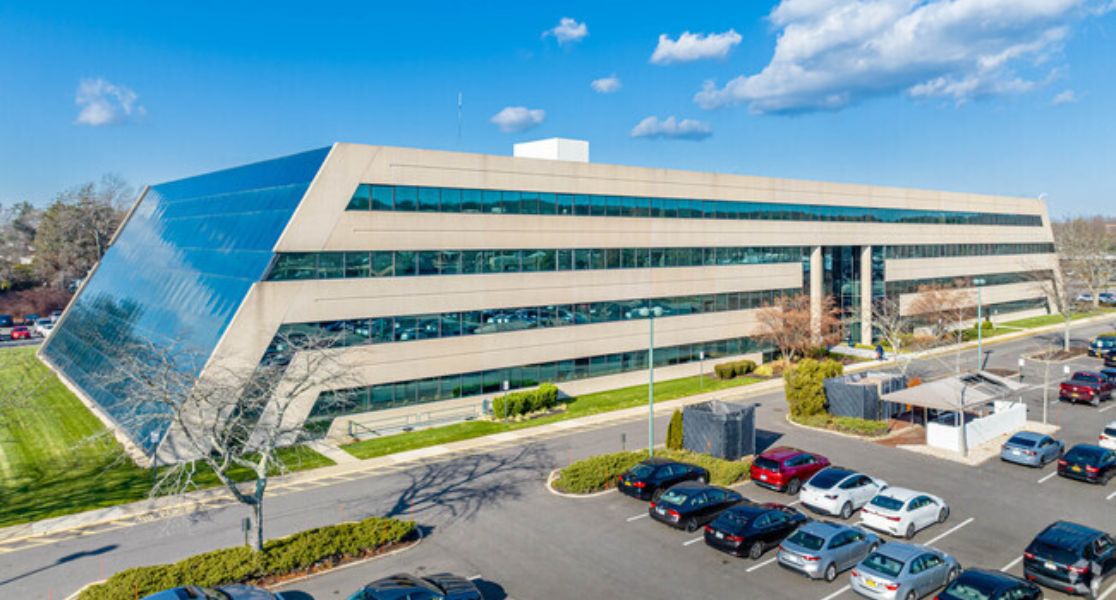These days, it seems like everything is becoming smarter. Smart phones and smart-cars are now considered the standard, and with intelligent technology always on the rise, smart buildings are only a step behind.
Smart buildings can be both residential and commercial. Commercial buildings are more likely to be state-of-the-art with respect to the technology integration system. And while residential buildings are slightly behind the curve, they have begun to incorporate more and more cutting-edge technology into their communications, security, and operation systems.
So what exactly makes a building a “smart building”? Integration and interaction are what drive these smart buildings; building automation systems and energy management systems that are designed to provide centralized oversight, remote control over heating, ventilation and air conditioning (HVAC) systems, lighting and other building systems. These automated systems can be linked with remote operation centers where software programs and facilities experts can analyze ongoing data streams received from the building equipment to optimize the building’s energy, electricity, and water usage. With these automated smart systems, companies have the advantage to make environmentally responsible decisions that gain them significant performance and productivity improvements.
The number one hesitancy that building owners and investors have is the perception that the cost involved in installing smart building systems is too high. However, a recent study conducted by the Economist Intelligence Unit (EIU) found that two-thirds of U.S. respondents overestimated the cost of making energy-efficiency improvements to their buildings. In addition, just one-fifth of respondents had an accurate perception of the actual costs incurred. Instead of these misconceptions, the main focus should be the savings from the effects of installing these smart building automated systems. For example, through smart building automation systems data, analytics can flag temperature anomalies indicating that a heater is operating when it is not needed. Another example is an anomaly revealing room-to-room temperature differences that indicate malfunctioning dampers causing unnecessary air conditioning. Therefore, savings can be found simply by reducing HVAC activity on nights, weekends, and holidays, all of this learned via smart building automation systems.
As for New York, in November 2013, Gov. Cuomo announced $4.8 million in awards for projects that explore new technologies to make buildings in New York State more energy efficient. The hope is that this investment will encourage innovation statewide to improve efficiencies, reduce energy footprints, and save money in the long run. This smart building push also hopes to grow the state’s clean energy economy and better protect the environment at the same time.





